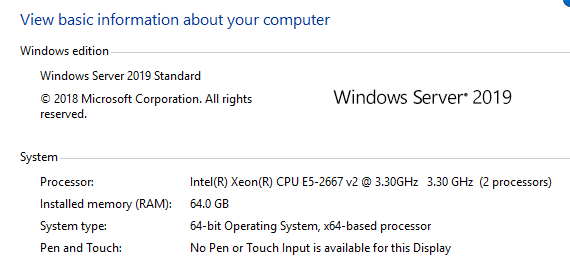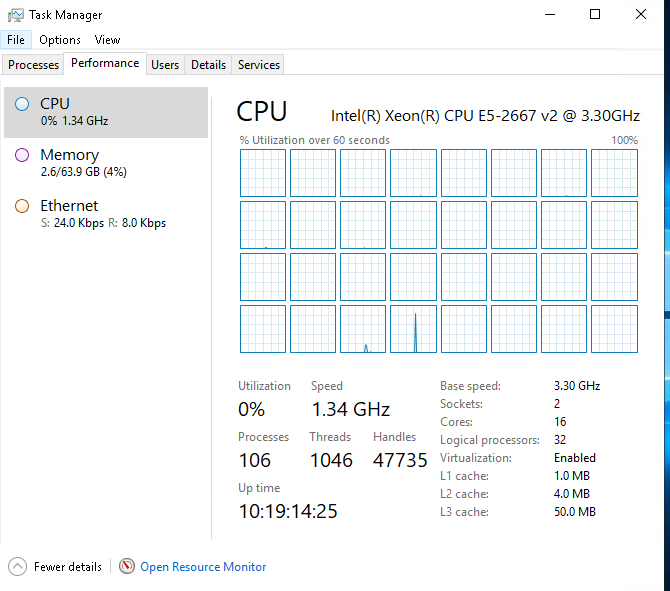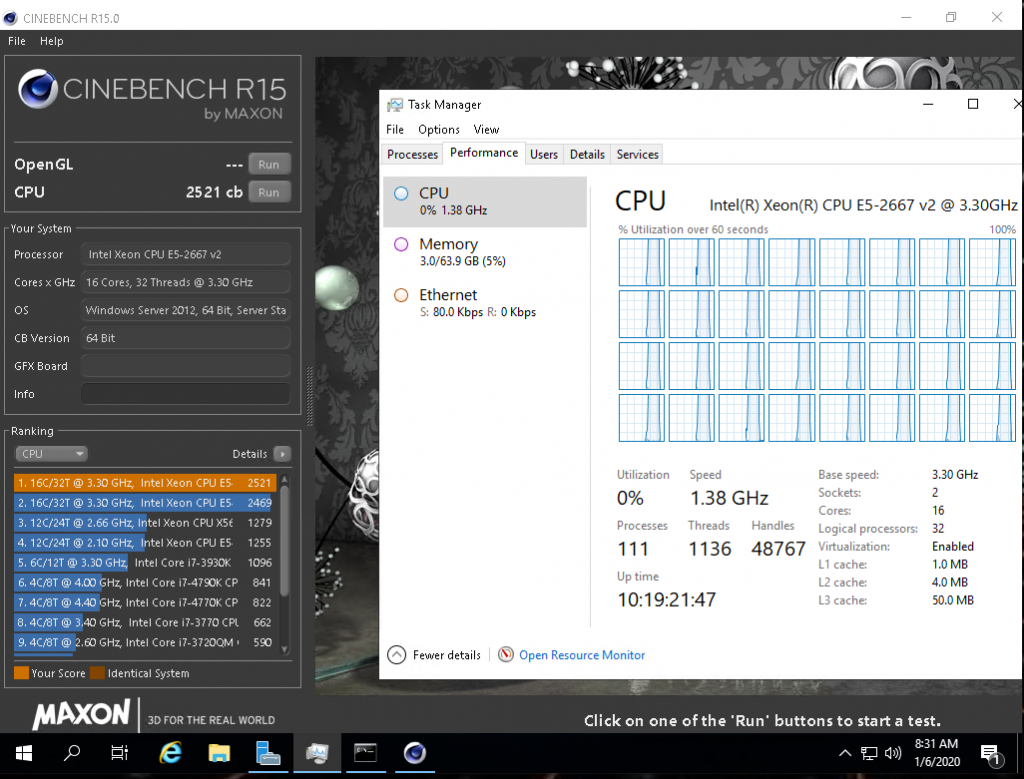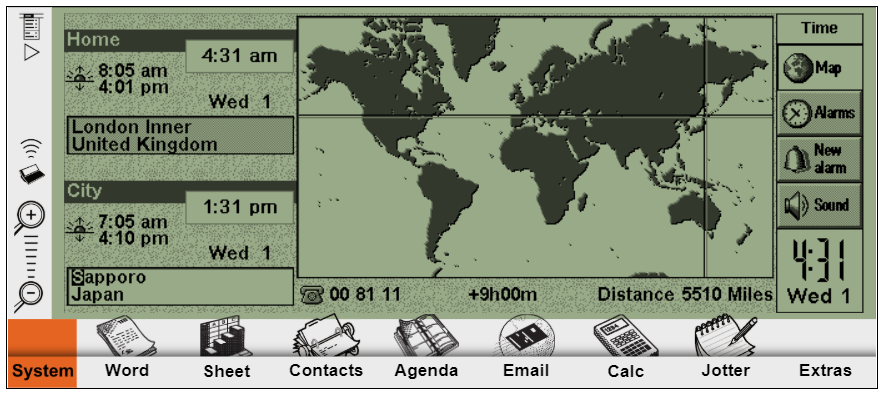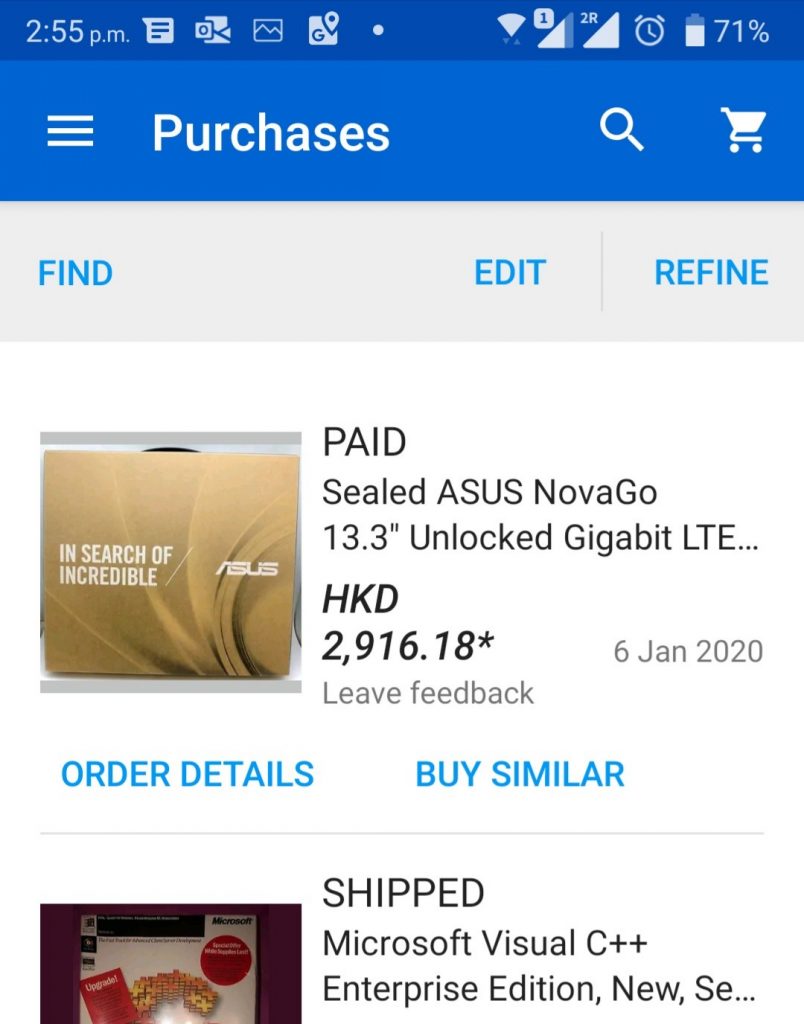
I’ve been a hidden long time fan of non x86 NT, I’ve owned Alphas and PowerPC (still sadly no MIPS), and when it came to the arm platform, ive since picked up the Surface RT and the Surface 2 RT. YouTube works fine on both, although the 2 is far faster and overall nicer user experience. I use the 1st Gen as a winamp player as it’s easier to jailbreak and cross compile to and mess with. But locked down Windows 8.0 for arm is insanely limited.
Enter Windows 10 and another botched shot at Windows on ARM for the general consumer. These ship with a S limited version of windows, which apparently can be easily unlocked to full 10 pro. I chose the Asus as it’s a laptop, and has more ram than the HP. Both however should be enough for casual day to day usage of office and edge chromium. I’ll have to see how it goes for either cross or native compiling.
Although the arm in these machines is 64bit, is there 32bit user land at all? Is it still possible to maintain a 32bit userland of gcc 1/2 and binutils for legacy compiles? How terrible is x86 qemu on arm emulation? DOSBox native? I guess SDL should be a simple rebuild like NT MIPS?
I’m also curious about WineVDM and MS-DOS player.
Oh well, I’m just waiting for a flight in the airport, going slowly insane.
My conclusion is really that the biggest problems with the physical machine is the lack of a backlit keyboard, and the tiny storage. Windows on ARM feels like a solution looking for a problem, but the obtuse problem is non x86 diversity. And in those regards it’s pretty much working fine.
But looking forward to a non x86 usable machine. I even have an unlimited chip for Hong Kong. It’ll be interesting if it can keep up for me, and if I’ve finally hit Ted Smith FORTRAN Maximum usage. Although this has no floppy drives.

